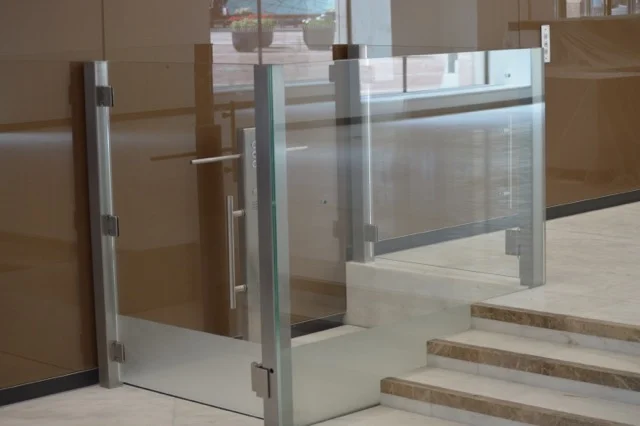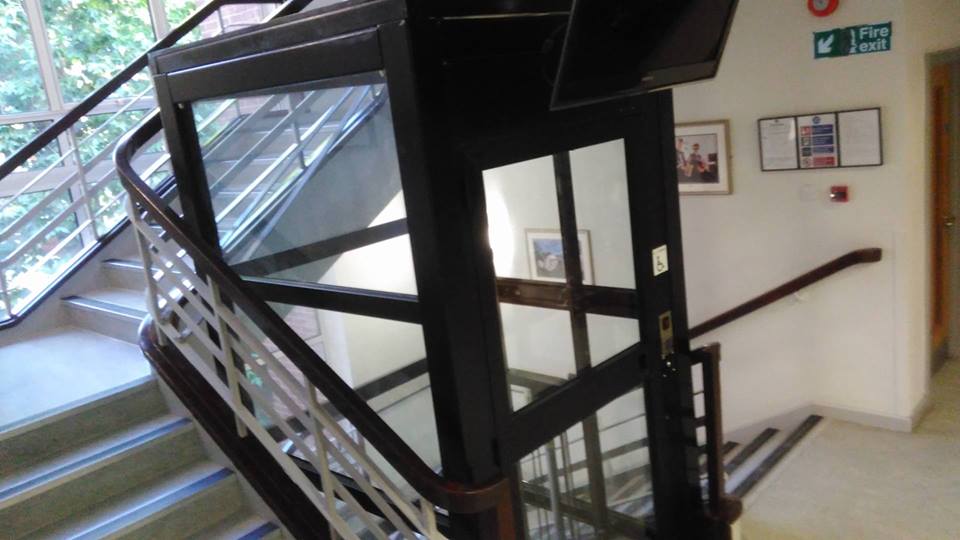There can be a multitude of reasons why a lift may stop operating, from power cuts to vandalism, but if you’re unfortunate to be stuck in a lift when it breaks down, do you know what to do, and importantly what not to do?
The Sun reports that the Secretary for Levelling Up, Michael Gove was recently stuck in a lift at the BBC on his way to an interview with Radio 4’s Today programme on Monday 10 January, and after being stuck for half an hour told the show: “You successfully levelled me up, so I’m delighted to be here.”
Nick Mellow, the director of the Lift and Escalator Industry Association was invited to the radio show and interviewed by Naga Munchetty, who said that being stuck in a lift for half an hour wasn’t that bad, as some people can end up being stuck for hours.
He advised people, should they find themselves in a similar situation, stressing that most new lifts will have an integrated communications system to allow people to call for help.
Mellor said that there are two key things to remember when finding yourself trapped. Firstly, use the alarm system to alert people that you are there, and then wait for an engineer to come and release you.
However, he stressed that the most dangerous thing to do was to try and free yourself. He said the lift is safe, just not working, and that, unlike in action movies, it is not going to fall. If passengers attempt to open the lift doors themselves, there is a risk of falling down the lift shaft.
“What you need to do is wait for the lift engineer to get there and move it to the floor level,” he said.
Staying in the lift car rules out other risks so it's always better to stay in the lift, try not to panic, or attempt to get out. Try to remain calm and trust the professionals to fix the problem.
If you’re looking for lift refurbishment companies, talk to us today.

























